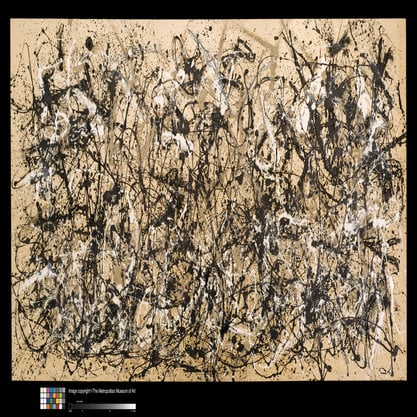Article
Hussein, Ibrahim (1936–2009) By Abdullah, Sarena
Article
Ibrahim Hussein is one of Malaysia’s most internationally recognized artists. His early works are known for their realistic figuration, the most prominent of which are Pak Utih (1970) and My Father & The Astronaut (1970). His works are influenced by Abstract Expressionsm, as apparent in his aerial views of semi-abstract figures, entangled and rolling in fluid. Noteworthy examples of this technique include Tumult (1969) and Lovers (1964). His later series Dance of Life (1982) and Red, Orange & Core (1984) feature heavy line work by graphic pens. These present an innate monumentality of interweaving fluid lines, engaging the viewer in a continuous journey of visual rhythm.
Ibrahim Hussein also invented a technique called “Printage” which combines printing techniques and collage. This technique is exemplified in his pieces Are You Alone Up There? (1969), Pak Utih (1970), My Father (1972), and Hari Ini Kita Dewasa (1975). Hussein has a body of work that spans more than half a century. He has left an extraordinary legacy of paintings that revolve around his perceptions of life, humanity, his country, and his reflection of personal experiences throughout the years.


